 The trapped container ship Dali will “hopefully” be refloated this week after authorities set off charges at a key portion of the collapsed Francis Scott Key Bridge in Baltimore on Monday evening, an official said.
The trapped container ship Dali will “hopefully” be refloated this week after authorities set off charges at a key portion of the collapsed Francis Scott Key Bridge in Baltimore on Monday evening, an official said.
The charges helped demolish a portion of the bridge wreckage resting on the ship – a move meant to help free the vessel, nearly seven weeks after it struck the bridge and caused the span to collapse. During the planned detonation, a chunk of the collapsed structure appeared to fall away from the ship and into the water, though a portion of wreckage remained on top of the ship, video showed.

 An updated repost appropriate for Mother’s Day.
An updated repost appropriate for Mother’s Day. Tens of thousands of people welcomed
Tens of thousands of people welcomed 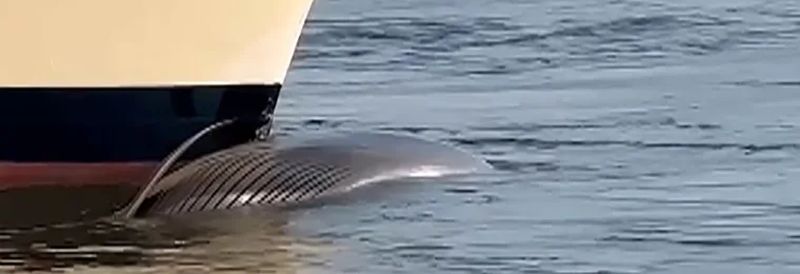 On Saturday, May 4, the cruise ship
On Saturday, May 4, the cruise ship 
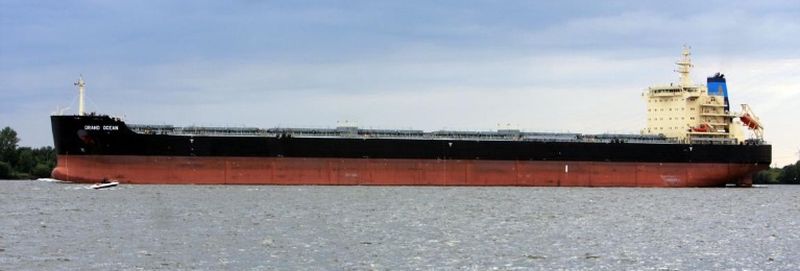 Update: One of the world’s busiest shipping channels was closed to traffic in both directions after
Update: One of the world’s busiest shipping channels was closed to traffic in both directions after 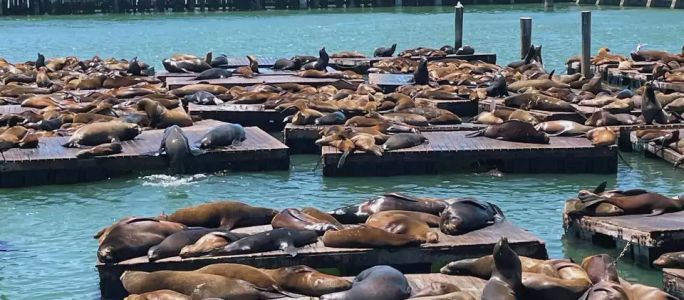 In the last week or so, over 1,000 sea lions have hauled out on San Francisco’s Pier 39, K-Dock, the largest assembly of the boisterous pinnipeds in roughly 15 years.
In the last week or so, over 1,000 sea lions have hauled out on San Francisco’s Pier 39, K-Dock, the largest assembly of the boisterous pinnipeds in roughly 15 years. I have been away for the better part of a month on a transatlantic sail from Barbados to Malta on a five-masted square rigger. (
I have been away for the better part of a month on a transatlantic sail from Barbados to Malta on a five-masted square rigger. (
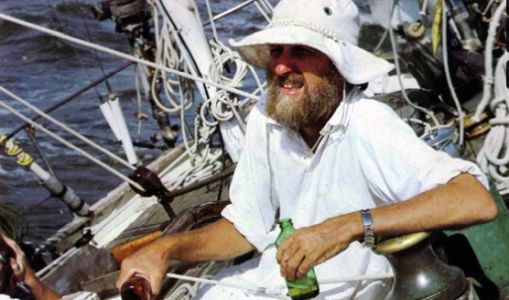 Yesterday, the
Yesterday, the 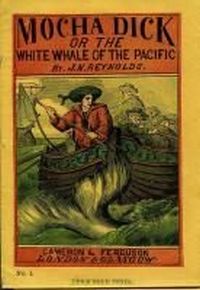 An updated repost. Melville’s masterpiece,
An updated repost. Melville’s masterpiece,  My short story
My short story
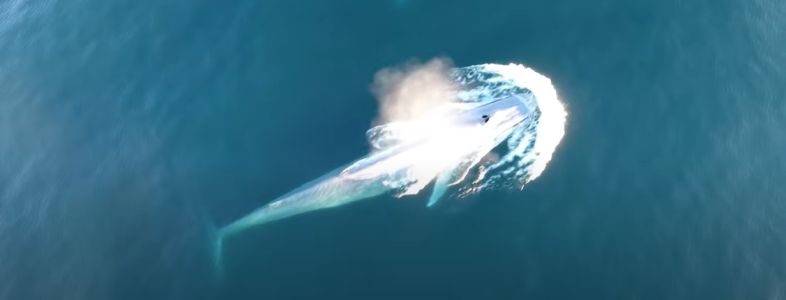
 Remember
Remember 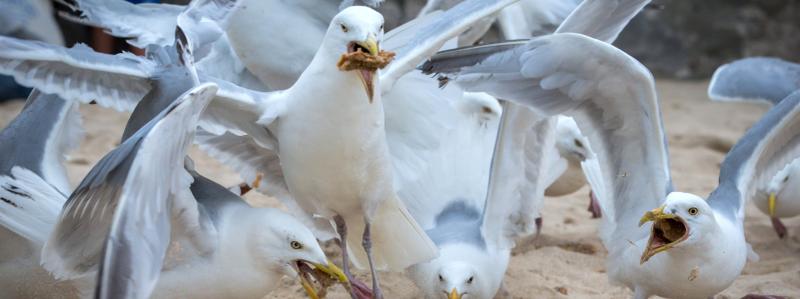
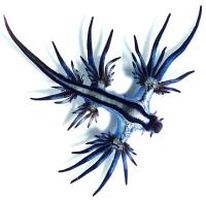 Tiny, beautiful, and dangerous blue dragon sea slugs are washing ashore on Texas beaches.
Tiny, beautiful, and dangerous blue dragon sea slugs are washing ashore on Texas beaches.